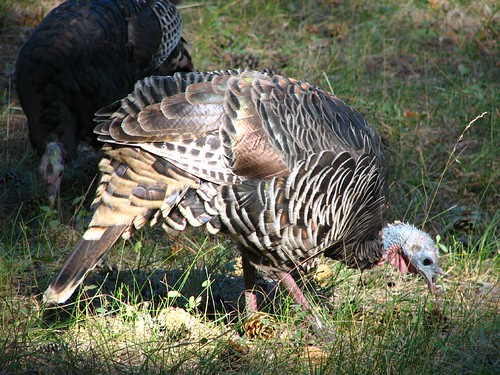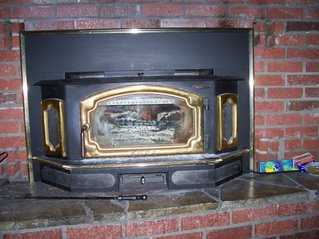


I’ve been spending the holidays with my sister’s family in Atlanta, and we're now entering into the phase of Pinewood Derby competitiveness -- on the adult males' part, that is. See, six-year-old James has to make a Pinewood Derby car for Cub Scouts. Basically, they give you a block of wood and some wheels, and the kid is supposed to carve it into something resembling a race car, which is then raced. Now, when I was in the Cub Scouts my car won first place in the Pinewood Derby, but it was a hollow victory because my dad did all the work, while I just watched. So, now is Pinewood Derby II, The Next Generation.
First off, my sister’s husband Alan has been more or less written out of the equation. He has no skills whatsoever. Every now and then my dad and I let him kind of stand over James as he sands something, but we don't let him touch tools – he has no idea what to do with them.
I'm surprised my dad let me have any business with this at all; perhaps he realized he had taken over way back when? After all, I didn’t exactly turn out to be a carpenter, as anyone familiar with my experience at Flatiron Mandolins can attest to (I was fired after two days, after destroying several expensive mandolins-to-be).
Anyway, yesterday I helped James with the design and cutting of the block of wood. It's pretty easy to take over, actually, mainly because James is six and it's the first time he's ever used tools like a coping saw, plane, and file, so he's not very good at it yet. But I definitely gave him a lot of file time, and I asked him a lot about how he wanted it to look (he pretty much just said the design I drew was fine, but wanted it blue and white with #53 emblazoned on it). My dad was upstairs working on some other fixit projects, so he pretty much kept out of it, except when he didn't. Like, he'd pop in to the workshop to look for some tool, and say, "Make sure James sands it," or something equally asinine.
It turns out I really enjoyed designing the car, so instead of taking over the whole project for myself, I ended up designing another car on a piece of scrap wood we had been practicing on. I painted this one myself, too, using some of the paint Anne used to paint the laundry room.
James' hasn't been painted yet; I kind of deferred to my dad on this one, since I don't know much about what kind of paint to use. So they went to the store today and bought some paint and brushes just for the car.
It's interesting; I found the design I drew for the car is very similar to the one my dad designed oh so many years ago. I must admit my father had designed a great looking car – much more rounded and smooth than the other scouts’ offerings. The one I designed for James was based vaguely on the Jaguar XKE of the early 1960s, although when the cutting actually started the front end took on stylings more along the lines of later Aston-Martins. James and I didn't actually make any measurements for the design – it was all done freehand – which could account for its evolution.
Of course, the real winner in the generational battle will be found out at the Pinewood Derby competition, which I believe is January 21. After all, my car might look nice, but I can just imagine it losing a wheel on the way down the track. I guarantee I’ll never hear the end of it from my dad.














